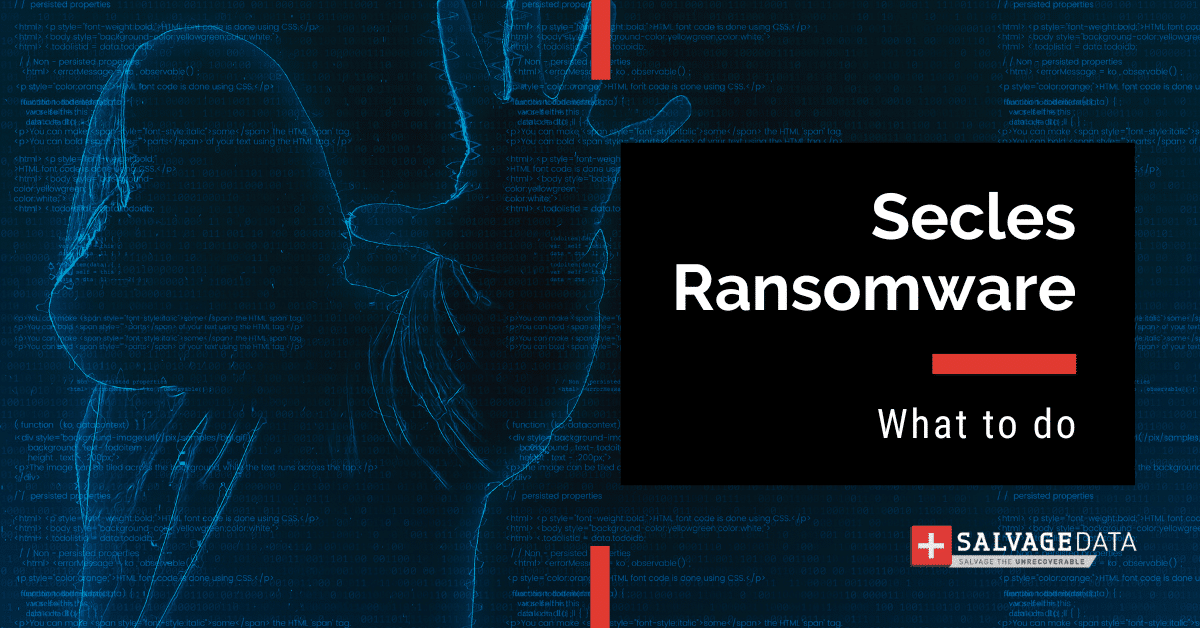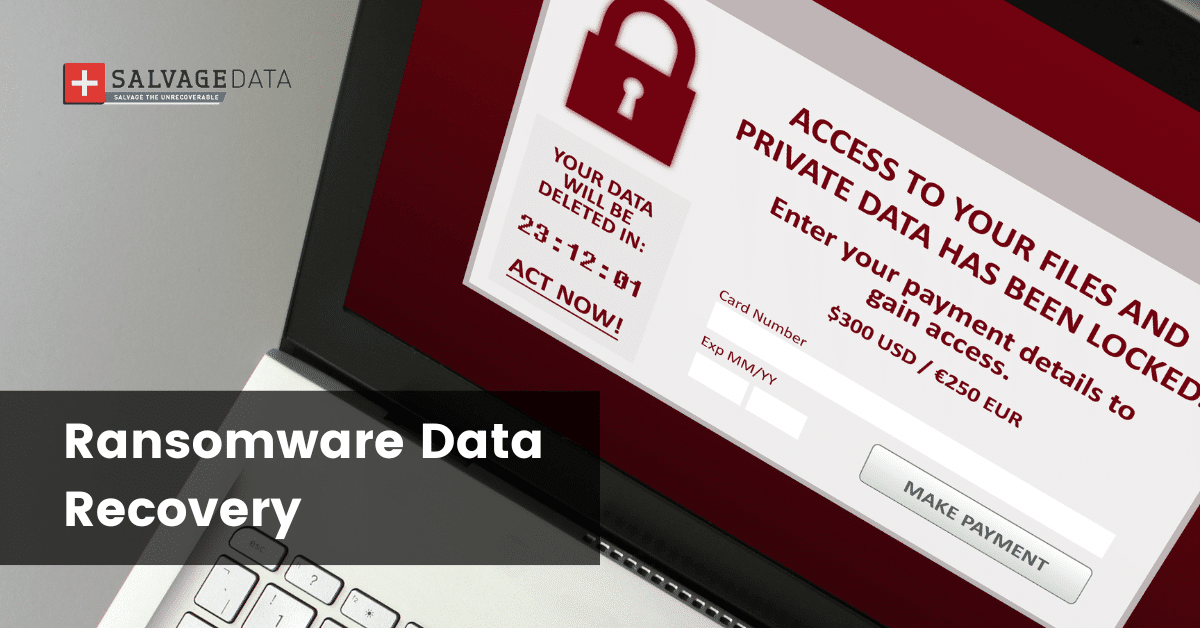Recent Articles
How To Recover Overwritten Files
The Snowflake Data Breach: A Comprehensive Overview
Mac Not Recognizing External Hard Drive: Quick Fix Solutions
How Multi-Cloud Backup Solutions Can Prevent Data Disasters
Capibara Ransomware: What is it & How to Remove
What Should a Company Do After a Data Breach: The Ticketmaster Incident
Secles Ransomware: Removal Guide
What To Do When Your Chromebook Freezes
How to Create Hyper-V Backup
What Is The Best Data Recovery Software For PC

I think there's an issue with my storage device, but I'm not sure Start a free evaluation →
I need help getting my data back right now Call now (800) 972-3282
Businesses can take many shapes from traditional models to small businesses you operate from the confines of your home. In all instances, your company contains financial, contact, and other sensitive information hackers want to have access to. And depending on the method of attack, this could cost your company money, result in stolen identities and more. The trick in preventing business data loss from occurring is knowing the main methods hackers use.
Malware Attacks Remain the Primary Method
Leigh-Anne Galloway, a cybersecurity lead for Positive Technologies remarked, “Cyberattacks in Q2 victimized 765 million ordinary users to the tune of millions of dollars.” She adds, “Today, you can never be sure that criminals don’t have your credit card number from one source or another. Even you buy a brand new smartphone in a store, you can still end up getting pre-installed malware.”
Galloway’s statement reflects on how widespread data loss can happen. And according to her report, these are the three most effective ways hackers can steal business data.
Malware
It isn’t surprising that malware remains number one. After all, with so many deployment methods available, it’s an effective way for hackers to access your business data. How do they do this? According to the report, thieves can target your data by finding vulnerabilities in your company’s servers, brute-force cracking passwords or setting up malicious websites that infect users who stumble on to them.
Another deployment method concerns email. It isn’t uncommon for hackers to send emails containing malicious links or attachments, which, upon the recipient opening them, infects their device with malware. What makes this even more problematic is the fact hackers can change the from field of an email to make it appear legit.

Illustration by NewsWire
Social Engineering
Social engineering is the process where hackers alter their personas to appear as if they are someone you know such as a relative, friend or colleague. Using the example from above, they manipulate you into thinking the message is legit by changing the email from field. They could also set up dummy social media accounts or hack into your friends’ accounts to send messages.
What does this accomplish? Well, if you are receiving a Facebook message from a relative, you are more likely to open it. And if there are links in the message or attachments, it is only natural to believe these are fine since they are from a trusted source.
Hacking
Hackers will test your company’s software, servers, and internet connections for vulnerabilities. If they find any, this will often be their entry point. As the report states, this is more prevalent to government agencies and banks, though it could apply to any small business as well.
Meanwhile, if you ever find yourself a victim to one of these methods, know you have a partner who can help. Our team at SALVAGEDATA understands how important your business data is, and we’ll work hard to regain access to those files for you. Best of all, we offer a free consultation, where we’ll examine your device and make recommendations based on our findings. It’s a simple, stress-free way to learn more about your solutions. Contact us today to learn more or to start a case.













